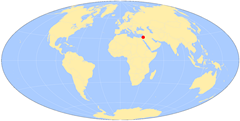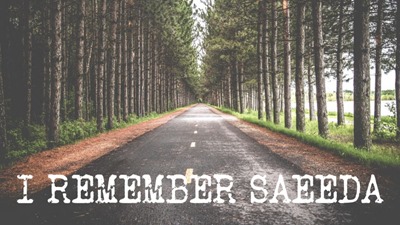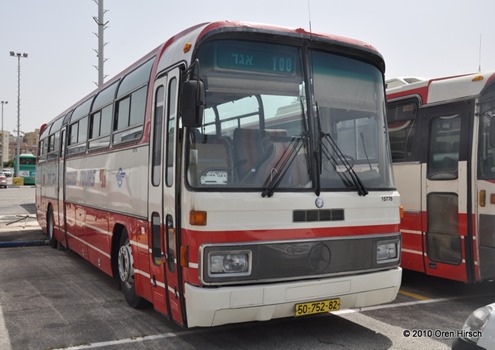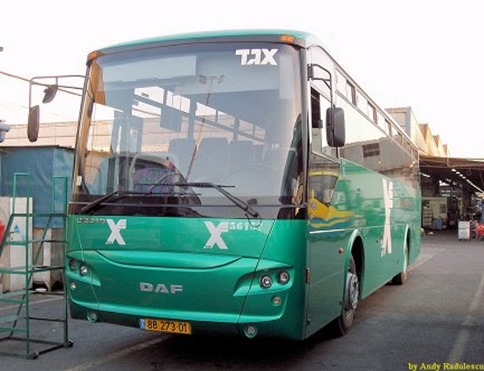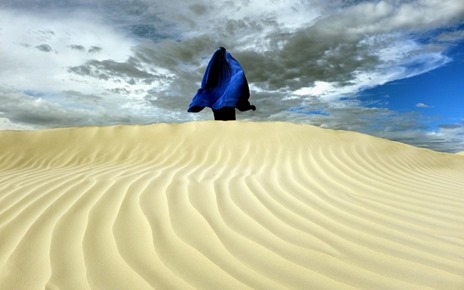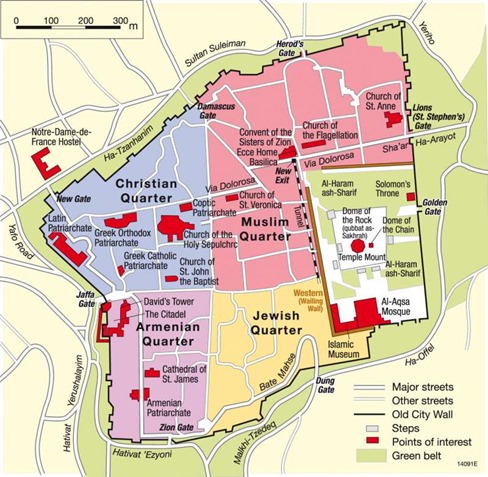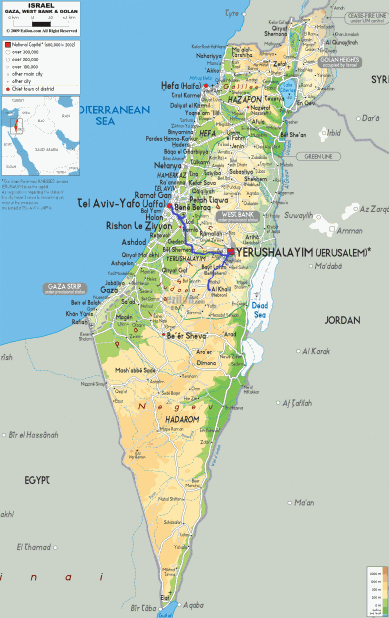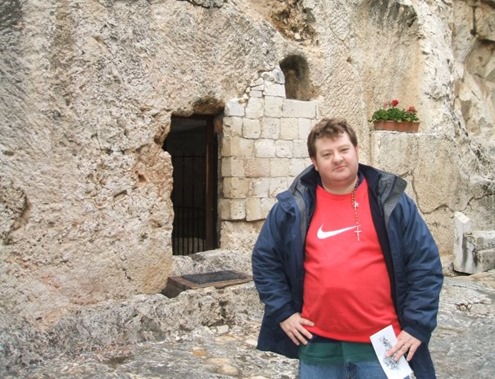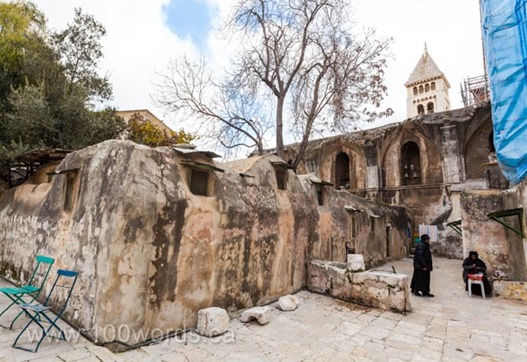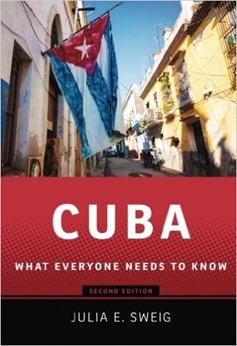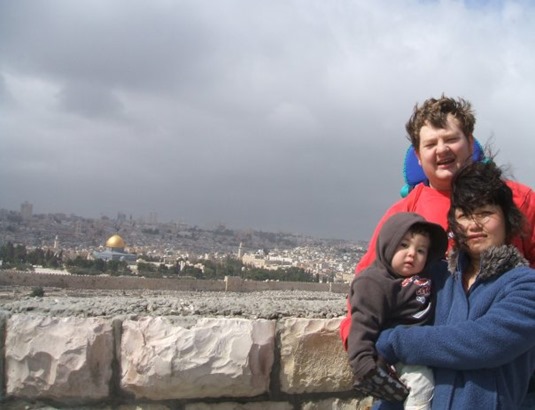Greetings!
And welcome to the secular half of this holy land journey, when I travel back to the place where I spent my first few months of “real” travelling. I enjoyed writing this piece and reminiscing and I hope that you enjoy it too.
And indeed, I also hope you enjoy reading my latest short story which has been published on Cultured Vultures, a rather ace website that wishes to give young and aspiring writers a break. Well, I wish I could say that I was both those things, but at least I’m still aspiring. Anyway, please enjoy ‘I Remember Saeeda’, and please share it with you friends and pop Cultured Vultures on your favourites too! Thanks!
Keep travelling!
Uncle Travelling Matt
Links to other parts of the travelogue:
Sacred Pilgrimage
Part 2: Ash Wednesday in Jerusalem
Part 4: Exploring the Old City
Part 7: Up the Mount of Olives
Part 8: Further explorations of Jerusalem
Secular Pilgrimage
Part 2: An Introduction to Kibbutz Living
Part 4: The Silence of the Desert
Part 6: Tearing down the Wall!
Part 7: Beautiful (?) Beersheva
HOLY LAND
BOOK 2: SECULAR PILGRIMAGE
Around six hours after leaving the leafy precincts of St. George’s Cathedral, Thao, Tom and I found ourselves in the somewhat drearier precincts of Beersheva Bus Station. The intervening hours had not been easy. We’d packed up, lugged our bags and baby through the narrow alleyways of the Old City and then caught a taxi to Jerusalem’s Central Bus Station, a taxi that had spent far more time waiting in traffic than it had moving. Then, at the bus station, it had got really nasty. Sunday in Israel is the start of the working week and, more significantly, the day when soldiers, who have returned home for the Shabbat, make their way back to base. And in a country with universal national service – male and female – that makes for a lot of soldiers, the vast majority of whom use the national bus network to move about.
The place was rammed. As our bus drew in a crowd pressed against it. This was no place for a diminutive Asian lost amongst a crowd of burly soldiers and dangling M16s, and it was definitely no place for a baby who had a hard time of it indeed, pressed against the backs and shoulders of the men and women of one of the world’s most ruthless military machines.
Israelis are rude. Israelis are infamously rude. I once remember someone saying that one cannot call them bad-mannered because the concept of manners does not exist in the Israeli psyche. Now that may or may not be true, but to someone who comes from a culture where certain manners are engrained as sacrosanct then it comes as a shock. Back in 1997 it horrified me. I recall vividly in Tel Aviv Bus Station on either my second or third day in the country, I held open a door for someone (as one does) who proceeded to walk straight through without even acknowledging my presence. I just hope that Sufi saint Ardabili is true, for such things can scar a young Englishman.[1]
Now the Vietnamese are not renowned for exemplary manners either. Chaotic crushes, overloaded transport and short-shrift replies are run-of-the-mill in their crowded cities like Ho Chi Minh, Danang and Hanoi but even so Thao was struggling to accept this mess. “There’s a baby! There’s a baby!” she protested, garnering some sympathy amongst the female soldiers but far less than she would have received in either Vietnam or the UK. It was at that moment I think, that the Israelis dropped below even the French in her league table of nasty foreigners.[2]
The driver of the bus was also decidedly unimpressed. When the pushing got too bad he merely shut the door and refused to let anyone on. An almighty argument ensued but he stoically sat it out, suffering soldiers and babies or not. Since a love of argument rates as an Israeli quality equal to their disrespect for manners, the sitting it out lasted longer than it would have done in most countries. Eventually however, he relented, opened the door and we all filed on, hot, tired and angry.
Once moving though, things calmed down and it all became rather normal. As we sped out of Jerusalem on fine roads I was reminded of all my travels on previous visits. Israel is a country held together by its buses and despite being only slightly larger than Wales in size, Egged, the national bus company, is the second largest in the world (after Greyhound). On my previous travels I’d ridden the length and breadth of the country several times over and waited countless hours in the soulless bus stations of Haifa, Rishon-le-Zion, Jerusalem, Beersheva, Dimona, Eilat and above all, Tel Aviv, the world’s largest bus station, where I’d once spent two hours waiting for a delayed Pepi Kovatcheva with Cher’s Believe being played on loop from a nearby CD shop, searing that song into my memory as an anthem for misery. ‘Do you believe in life after love? I can feel something inside me say I really don’t think I’m strong enough…’ No, I’m not, I’m not strong enough at all. Why do you think I insisted we took the train to Jerusalem?
Egged’s red and white buses however, (well, they were red and white then, now they’re a rather naff green), are comfortable and with the plush bus stations and good roads you soon realise that the crummy towns of the West Bank and the souqs of the Old City are a world away. Modern Israel is a developed country and when one travels through it, it is hard to believe that it is the same place that one sees so often on the evening news, for there are no stone throwers, rocket launchers, wailing Palestinian mothers or watchtowers to be found, just modern housing estates, shopping centres, highways and irrigated fields. The genius of Israel is that she keeps her dark side hermetically sealed off from the vast majority of her people so that it rarely impinges on everyday life. Nowadays that is even more so with the Wall, but back in 1997 it was virtually the same; the Palestinians and their problems could have been a million miles away for all we travellers knew, yet the kibbutz that I stayed on was less than ten miles from the Gaza Strip. The only indication that this was somehow different from any other developed country were the soldiers that appeared in great numbers on every bus.
The soldiers, ah yes, the soldiers! For a young man of nineteen there is no finer sight than the soldiers who one was squeezed up against on those long journeys down to Eilat or up to Haifa. Israel is the only country in the world where all its citizens are called up to serve in the national armed forces – the Israeli Defence Force (IDF) – with males serving three years and female two (regular service), and then the men called up for a month annually until they reach forty-five (reserve service). Since the majority of the women serving are aged between eighteen and twenty then that makes for a lot of beautiful women – for Israeli girls are very beautiful – on buses in uniform. And any graduate of the UK school system will appreciate the advantages of putting beautiful women into uniforms. During my first trip when, as I said, I was but nineteen, (and no more need be said about nineteen-year old males and beautiful women), sharing a bus with a bevy of militaristic hotties was all-consuming. Even now, with a somewhat calmer libido, it is still a pleasant experience although now, as then, a pretty girl of university age can be a little off-putting if she has an M16 slewn across her lap.[3]

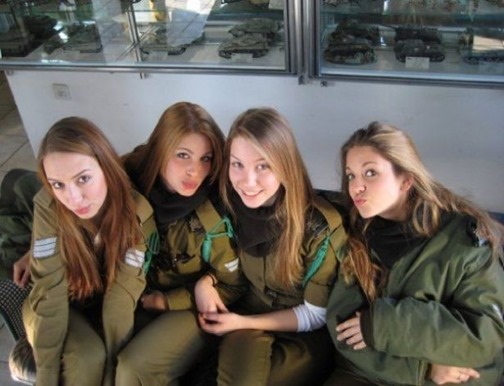 IDF conscripts: a formidable force
IDF conscripts: a formidable force
Israeli girls, like Israeli men, are astonishing in their diversity. The two main types are the fair-skinned Ashkenazi whose forefathers dwelt on the steppe and grain lands of the Russian Empire or in the shetls of Germany, Holland, France and Belgium, whilst the other main group is the Sephardim, oriental in appearance, their parents migrating from Morocco, Yemen, Iran and the Balkans. In addition to these though, there are countless others, tanned Indian Jews and black-skinned Ethiopians, all brought together, sucked into Eretz Israel from destinations as far flung as New York, Johannesburg, Buenos Aries, Goa, Sana’a, Tabriz, Antwerpen and Fez, to be united in the Promised Land under the Star of David.
Personally, I found the curvaceous, ebony-haired and aloof Sephardic girls the most attractive, which was lucky since we were sat next to two of them who took a great interest in Tom, holding him and bouncing him on their knees as they perhaps thought about embracing motherhood after they had completed their national service.
Next part: An Introduction to Kibbutz Living
[1] ‘Asked why he never thanked anyone for doing anything, Ardabili said: “You may not be able to credit this, but if I thank them, they will feel pleased, and that amounts to the same as if they had been paid or recompensed for their trouble. If they are not thanked, there is still a possibility that they will in future be requited for their service – and such requital might be far better for them. It might come, for instance, at a time when they really need it.”
Taken from Thinkers of the East by Idries Shah, p.129
[2] French faults include not speaking English and awful toilets. Her words, not mine.
[3] Israeli soldiers have to keep their guns with them at all times by law, including when shopping, drinking coffee and travelling on the bus.
